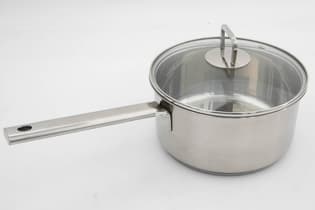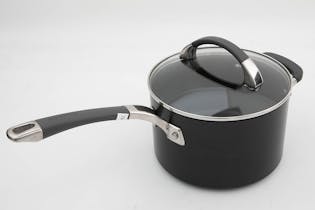Using traditional Māori methods to save on food
Renowned chef shares his tips for returning to your roots to spend less.

Joe McLeod dreams of being able to walk into a shop and buy wild ingredients, such as pūhā, horopito and pikopiko, before the end of the decade. He’s confident it’ll happen. It won’t be long, he says, before someone puts two and two together – how easily these plants grow and how demand is on the rise, as more people attempt to reconnect with the food their ancestors ate.
Joe has worked as a fine-dining chef around the world, but his life mission is passing on what he learned about Māori ingredients and recipes while growing up in a family that knew how to forage for food. He travels around marae teaching what he knows and is writing three books – one is an almanac of New Zealand’s natural ingredients, another is his own biography, and the third he describes as the Māori version of the Edmond’s cookbook, full of traditional recipes he wants to always be enjoyed.
We asked Joe to share ways we can draw on traditional Māori methods for gathering and preparing food to try and spend less at the supermarket. Here’s his advice.

Learn some traditional bread recipes
Joe says the popularity of making breads like rēwena and parāoa parai (fry bread) has had a boost from Matariki becoming a public holiday.
These breads use flour, so weren’t made until after settlers arrived – but Joe says that’s not a bad thing. “The native breads were made with seeds and I’ve tried them all and let me tell you, they were disgusting and needed adjusting.” Takakau, which is made with just flour and water, is a great budget option, he says.
Google a boil-up recipe
Joe says boil-up is a cheap and easy way to feed a crowd, and there are heaps of different variations online. He makes fluffy doughboys (dumplings) to go on top – again they’re super cheap, because they can be made with just self-raising flour and water. It’s another recipe that came from another culture – this time the Irish, Joe says.
Get friendly with a butcher
Joe says bacon bones are a cheap meat to start your boil-up, but you can get even cheaper off-cuts if you ask your butcher. Or you could get friendly with someone who hunts and offer to take the undesirable cuts off their hands.
Garden according to Maramataka
Maramataka is the traditional Māori lunar calendar and is used as a guide to planting and harvesting.
“Māori followed that model religiously. It’s neat to see that resurgence,” Joe says. “The Maramataka programme is online so you can download it and it’s easy to follow.”
The benefit will be creating your own prosperous māra (garden) and not having to pop into the supermarket every few days, especially for vegetables that Māori have traditionally grown, such as kūmara.
Forage for greenery
Joe says it’s easy to find pūhā, watercress and pikopiko (fern shoots) if you know where to look. They’re becoming more common on restaurant and cafe menus, he says, and can replace vegies like silverbeet, spinach and bok choy.
Experiment with native herbs
Joe says it’s easy to find native herbs, such as kawakawa and horopito, to grow in your own garden and provide a steady supply of powerful flavour to add to dishes.
Lastly, Joe says it’s important that anyone who’s really struggling gets in touch with their local food bank. “Make sure you register so there’s people who know you’re struggling. There are thousands of other people who need help – you’re not alone and you shouldn’t be ashamed.”

.jpg&w=315&q=75)

Member comments
Get access to comment